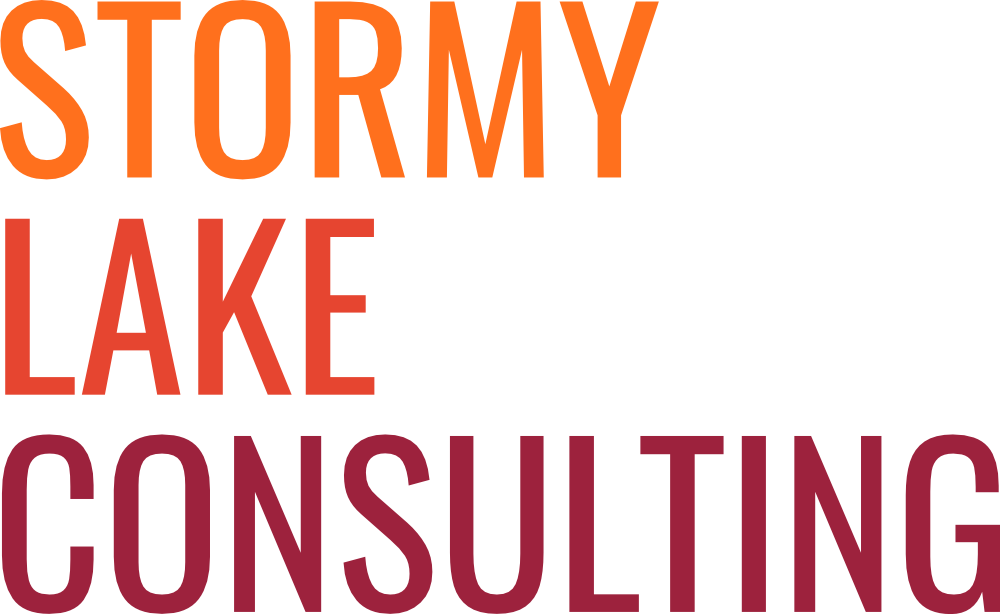The weekly COVID update: Mep mab mub kron mip and other nonsense
In the 1880s Hermann Ebbinghaus sat alone in a room, advancing our understanding of memory by reading nonsense. He would rehearse a list of nonsense syllables until he could repeat them without error, wait, and then try to repeat them again. Choosing to make the syllables nonsense stripped away the existing memory structures he could have used to help him remember words with meaning. Instead it was just him, nonsense, and the passage of time. With these simple ingredients Ebbinghaus discovered some fundamentals of memory: the forgetting curve, which describes how we forget fast and then slow and distributed practice, which describes how we remember things better when we learn them over dispersed periods of time rather than all at once.
COVID has become a major demarcation in our memories. When I try to figure out when something happened, my mind goes immediately to before lockdown or after. The huge shift in our routines and habits will structure our memories long after the current crisis has passed. This letter is dedicated to memory: in acknowledgement of how COVID has shaped ours and in celebration of a strange German man sitting alone, repeating nonsense.
Some other phenomena describing what we remember best:
Recency – things that happened just a little while ago (mip).
Primacy – things that we learned/saw/heard first (mep).
Depth of processing – things that we’ve thought about in different ways and related to what we knew beforehand.
Von Restorff effect – things that stand out from their surroundings (kron).
Salience & Vividness – things that are important and intense.
Ohgodtheyallheardiwanttodie – That dumb thing you said when you were 14.
COVID may have changed our memories most by taking away many of the vivid, varied experiences we used to enjoy. Vivid, varied experiences offer many “memory markers”. When trying to recall the duration of a period of time, we use the number of markers as a proxy for the passage of time. A weekend music festival with a variety of interesting acts and characters might seem to have sped by immediately after it ends, but in memory will seem to occupy more time than a week of monotonous office work.
Over a lifetime, we disproportionately remember the vivid, varied periods of our lives. Namely, the joyous turbulence of adolescence and early adulthood. In these times we are more likely to have lived in different places, made friends, lost friends, loved, found callings, and started careers. As a result, our lives from the ages of about 15-25 loom large in memory. This is known as the reminiscence bump and looks something like this:
These vivid years also produce the musical phenomenon below. Perhaps not validated by science, but known to DJs the world over.
The times we are in present a stark contrast of vividness and monotony. COVID has shaken the world, giving us a collective memory marker and likely giving this time prominence in memory. All the while our daily lives have lost the much of the variety that is the stuff of memories. We feel the days, weeks, and months blending together and speeding away.
Our options are more limited, but we can still try to lighten the oppressive sameness of our days. Here’s a simple recipe. The dates are blended together, but the lime and salt add enough vividness to make this smoothie memorable.
The Save the Date (toss the pit) Smoothie
Blend together:
Two very ripe bananas
Six Medjool dates
Juice of one lime
Ice (about 5 cubes, adjust to taste)
Pinch of salt
Half a cup of milk


